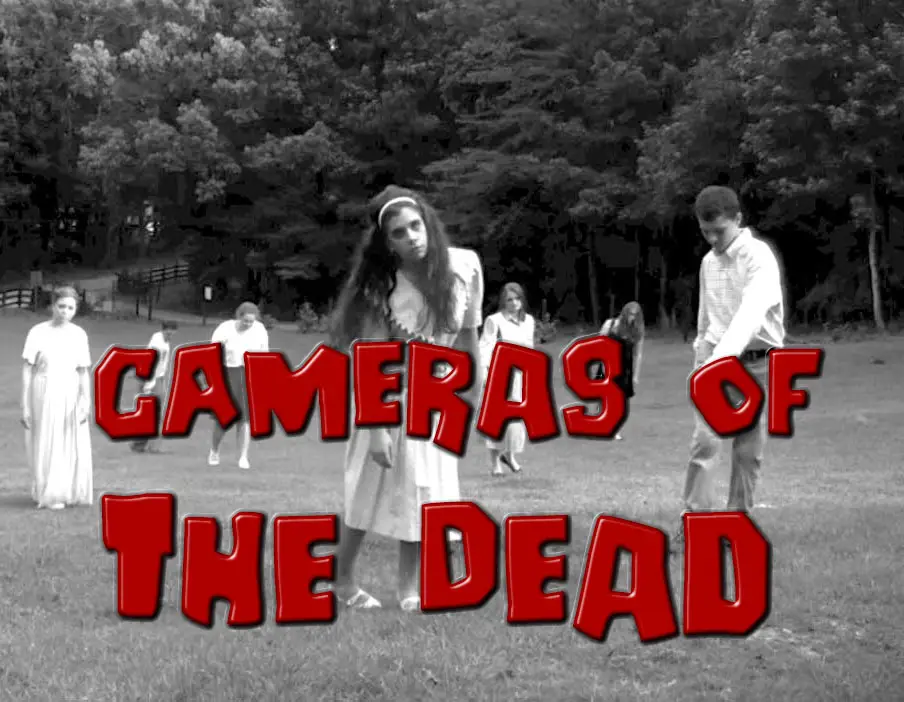 This review is part of the Cameras of the Dead series which I have been publishing every year on Halloween and “Halfway to” Halloween, featuring three cameras that I’ve wanted to review that either didn’t work, or was otherwise unable to shoot.
This review is part of the Cameras of the Dead series which I have been publishing every year on Halloween and “Halfway to” Halloween, featuring three cameras that I’ve wanted to review that either didn’t work, or was otherwise unable to shoot.
I am republishing each of those individual reviews this October in anticipation of this Halloween’s Cameras of the Dead post as a way to revisit the cameras of the past that allows them to be properly indexed on the site.
This is a Pax 35, a 35mm rangefinder camera made by Yamato Kōki Kōgyō K.K. between the years of 1952 to 1955. The history of Yamato is confusing as it was the third Japanese company with this same name, and it’s roots may or may not be traced to a Japanese distributor called Hagimoto Danji. The Pax 35 was the first in a series of compact fixed lens cameras that bear an intentional resemblance to the Barnack Leica. Apart from this resemblance, the Pax does not compare in any way shape or form to the Leica. It was an inexpensive and very basic camera with limited shutter speeds, a basic viewfinder and questionable build quality. Pax 35 cameras have not fared well over the years and very few still work today.
Film Type: 135 (35mm)
Lens: 45mm f/3.5 Luminor Anastigmat coated 3-elements
Focus: 3 feet to Infinity
Viewfinder: Separate Viewfinder and Coupled Rangefinder Windows
Shutter: VKK Leaf
Speeds: B, 1/25 – 1/150 seconds
Exposure Meter: None
Battery: None
Flash Mount: Coldshoe and FP and X Flash Sync
Weight: 444 grams
Manual: http://www.cameramanuals.org/pdf_files/pax-35.pdf
My Thoughts
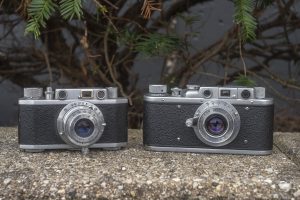
I mentioned it in the intro above, but it bears repeating. At a quick glance, the Pax 35 may resemble a Barnack Leica, but other than it’s use of 35mm film, the two cameras have almost nothing in common. This is a crudely built, basic camera, with a cheap leaf shutter, a fixed triplet lens, and a much smaller body. The image to the right shows the Pax 35 side by side with a Zorki 1, which has identical dimensions as the Barnack Leica it was based off. Not only is the Pax smaller in every physical dimension, it’s quite a bit lighter. At 444 grams, it is lighter than the Zorki 1 at 573, and a (not pictured) Canon IV Sb at 660 grams.
Further confirming it’s economy build quality, nearly every Pax camera found today is in an inoperable state. While many classic cameras today are found with operational issues, Pax cameras seem to be in unusually worse condition.
Master camera tinkerer, Rick Oleson took apart a Pax M2 and shared his thoughts on his Flickr page where it took him soaking the camera for multiple days in xylene to free it up. I contacted Rick to get more insight on the process and here were his comments:
I’m not certain how long it actually took in the Xylene before it freed up. I had tried naphtha, acetone, alcohol, basically all of the usual milder stuff and some that I was reluctant to try. Finally I bought a can of Xylene – I’m not certain why I chose that, except that Xylene and Toluene seem to be the main ingredients of the strongest “goof-off” type solvents. I filled a glass jar with the stuff, removed the lenses from the shutter and the shutter/focus mount assembly from the camera, and dropped it into the jar and closed it up. Seems like it was 4 or 5 days before I checked on it and found it to have come unglued. I had spent longer than that with the other solvents with no effect at all. It might have actually freed up in a day or two in the Xylene but given my earlier experience I didn’t bother to check on it for a longer time.
The example being reviewed here was in much the same condition as Rick’s M2, in that the helix was completely seized. No amount of muscle would move it, and I fear that if I were to keep trying to force it, I would permanently break it.
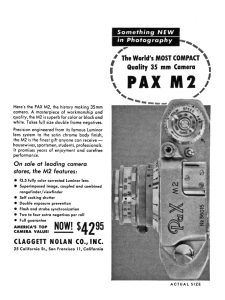
Even without the ability to change the focus, handing the camera, I could feel the cheapness in it’s design. When Japanese companies like Nippon Kogaku (Nikon) and Canon made an effort to break into western markets, many photographers were skeptical of Japanese made cameras because they had a generally poor reputation for quality, and it was cameras like the Pax that were partially responsible for that.
Pax cameras were inexpensive entry level cameras, and that’s not necessarily a bad thing. I’ve reviewed many simple box cameras, or entry level plastic models favorably, so why the harsh criticism of the Pax?
I think their attempts to make the camera look like a Leica was a poor choice. It’s hard to take a camera seriously that so closely resembles something so well made. Later cameras in the Pax lineup would wisely change their cosmetics, but whenever I see this little thing, it’s really hard to disconnect my thoughts from what the camera was likely trying to copy.
I could not find any advertisements for the original model being reviewed here, but an ad for the later Pax M2 from May 1957 reveals it’s price to be $42.95, that when adjusted for inflation is about $390 today. Certainly not a cheap camera, but a far cry from the high end German cameras that cost 3-4 times as much.
Setting aside any Leica-like looks that it has, I’ll admit that when it was first released, the camera likely had some charm. The ergonomics of the camera aren’t terrible, it has a coincident image rangefinder, a top plate shutter release, and flash synchronization. In the right hands, the camera was likely capable of good shots.
At a quick glance, the top plate is like a condensed Leica, save for the shutter speed dial, which doesn’t need to be there, since it’s set around the perimeter of the lens. The accessory shoe was strangely missing from this particular example, revealing what looks like a rangefinder adjustment screw. On the bottom of the camera are two feet, one of which contains the tripod mount, and a lock ring in the center for removing the back and bottom of the camera.
With the back of the camera off, we can see into the film compartment, which reveals several other clues to the camera’s budget origins. Some kind of metal rod which looks to be part of the shutter release coupling is clearly visible next to the lens. Film loads from left to right, onto a fixed take up spool. Functionally, it’s not too bad as I’ve seen poorer designed film compartments.
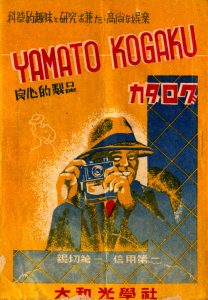
Like nearly all leaf shutter cameras, all of the camera’s critical controls are accessed around the front of the lens. Shutter speed is selected with the ring on the outer rim of the lens, and aperture with the ring behind it. Protruding out of the top of the shutter near the 1 o’clock position is the shutter cocking lever, which strangely has the shortest throw of any lever of it’s kind I’ve seen on any camera. Focus is controlled by the large arm at the very bottom of the lens. I don’t know if this was designed intentionally, but when placed exactly at the 6 o’clock position, the focus arm acts as sort of a kickstand allowing you to rest the camera on a flat surface without it falling forward.
I have a confession. I’ve long held a pretty negative opinion of Pax cameras, and perhaps the later models are deserving of this derision, but after handling this little Pax 35, it started to grow on me. I wrote the early part of this review shortly after acquiring this camera, and now as I type this, it’s been several weeks later, and my original comments about it’s cheapness and poor build quality now seem a little unfair. This camera really is not THAT bad.
Gasp! Was I actually starting the like this little thing? It was definitely broken, and completely inoperable, so there’s no way I could use it, so it’s inclusion here in a Camera of the Dead post was inevitable. But at the very least, I now feel sorta bad for the little camera. I wish there was something I could do about it…hmm, maybe I should call up my buddy Rick…
Related Posts You Might Enjoy
External Links
http://camera-wiki.org/wiki/Pax_35

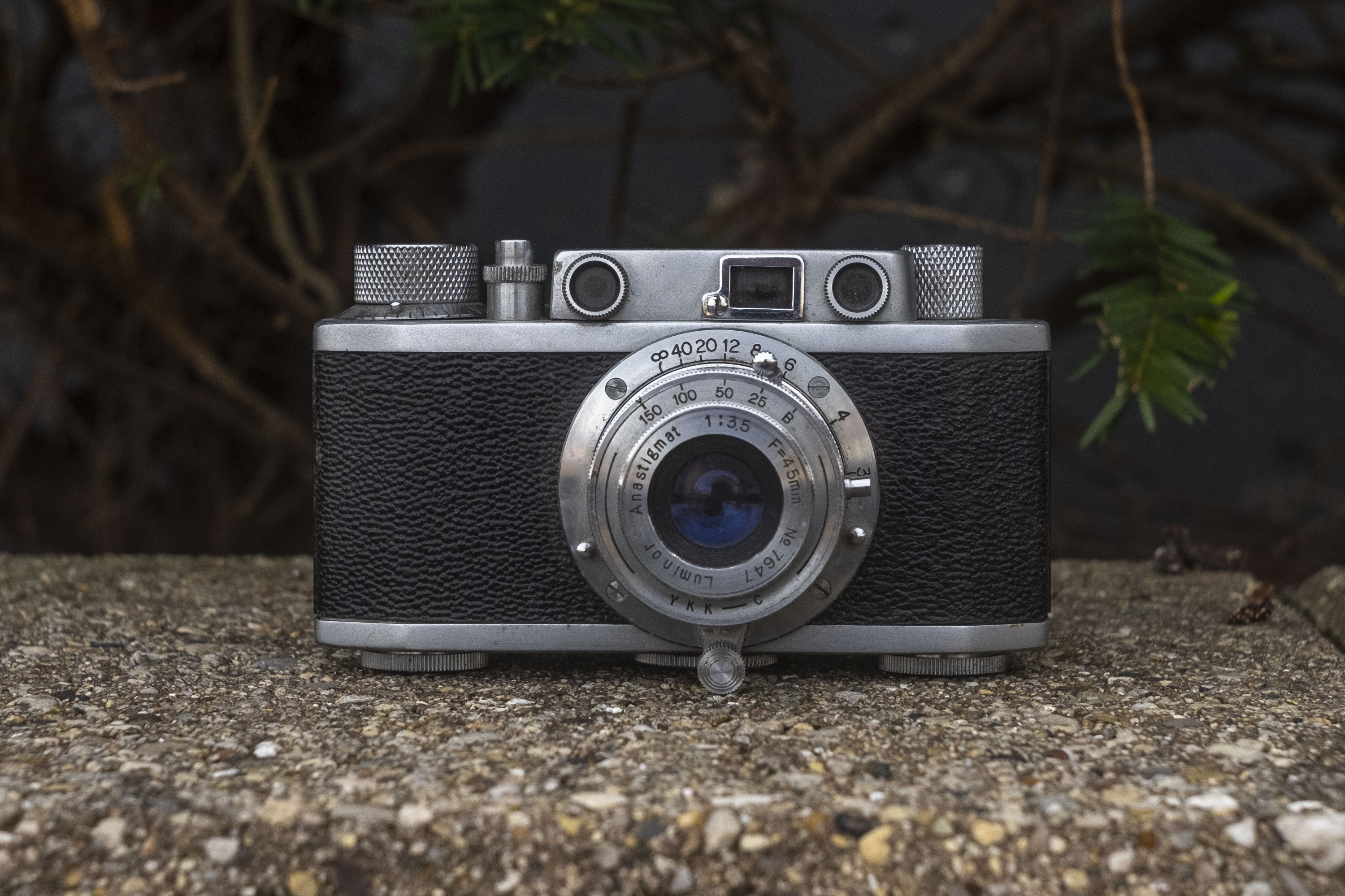
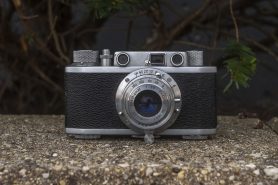
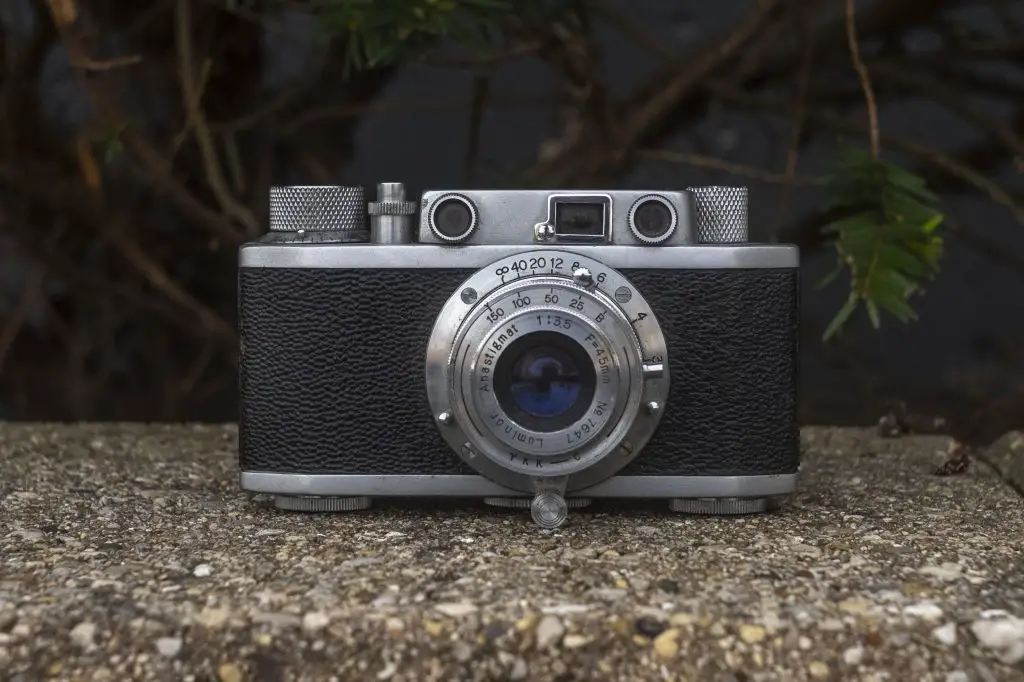
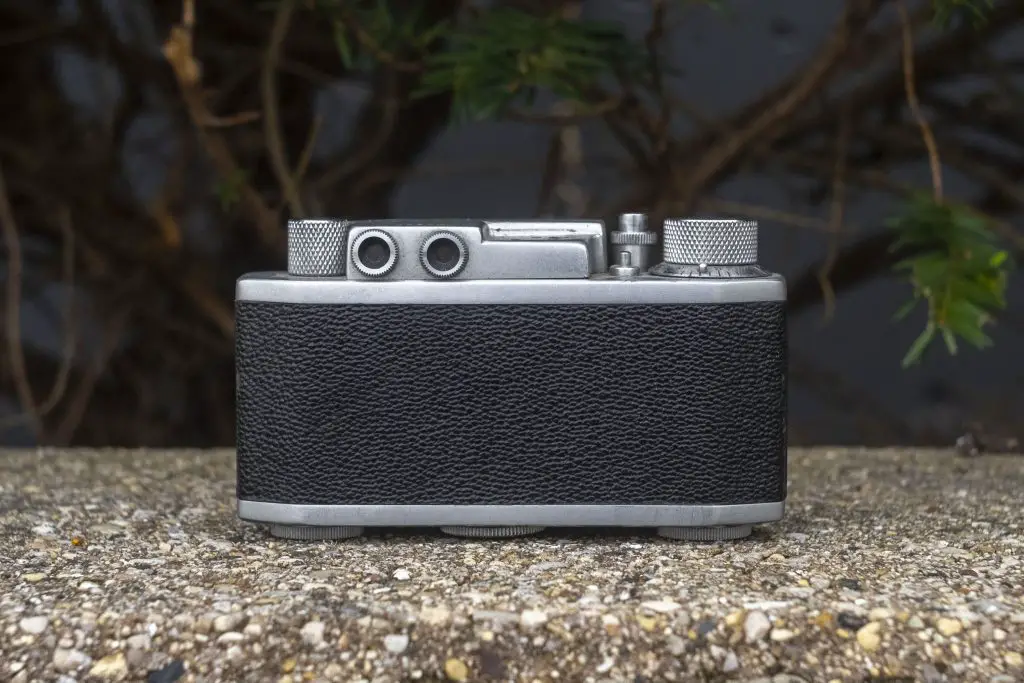
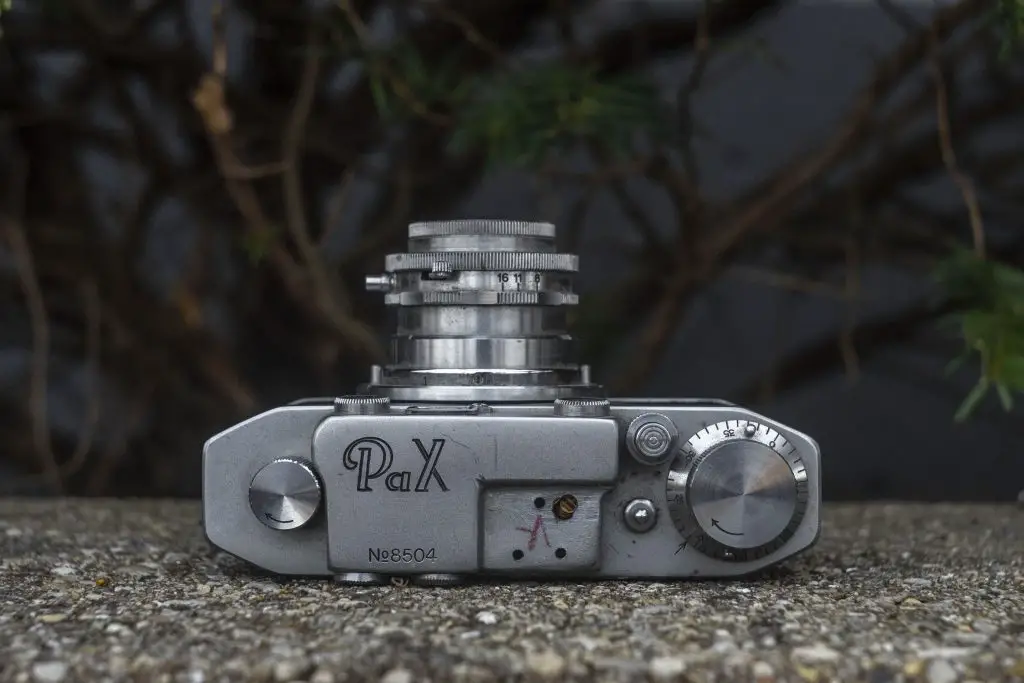
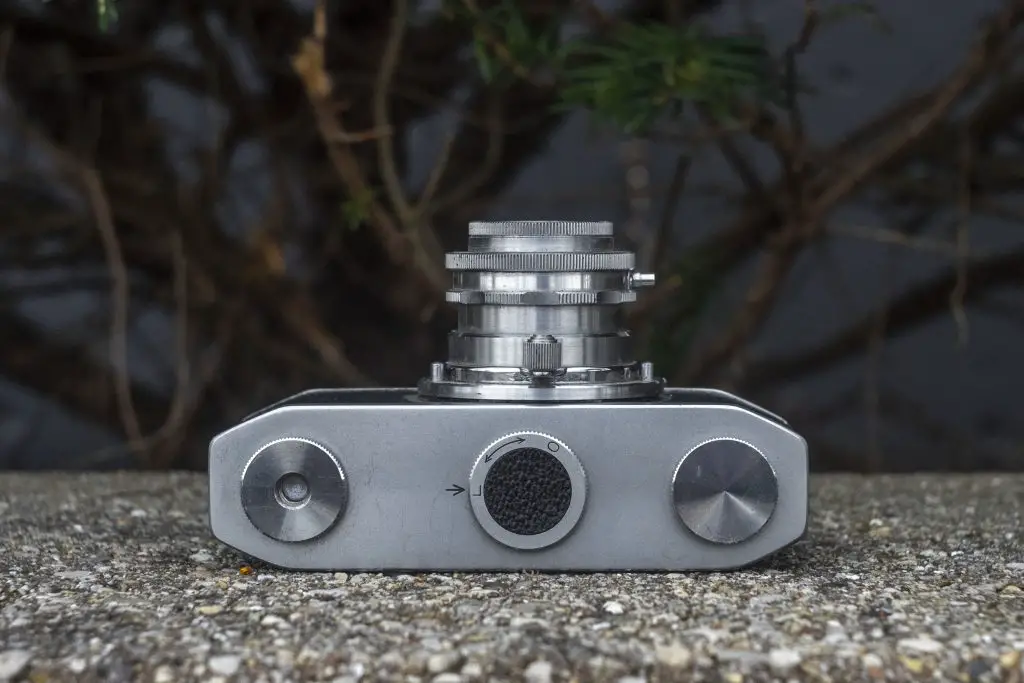
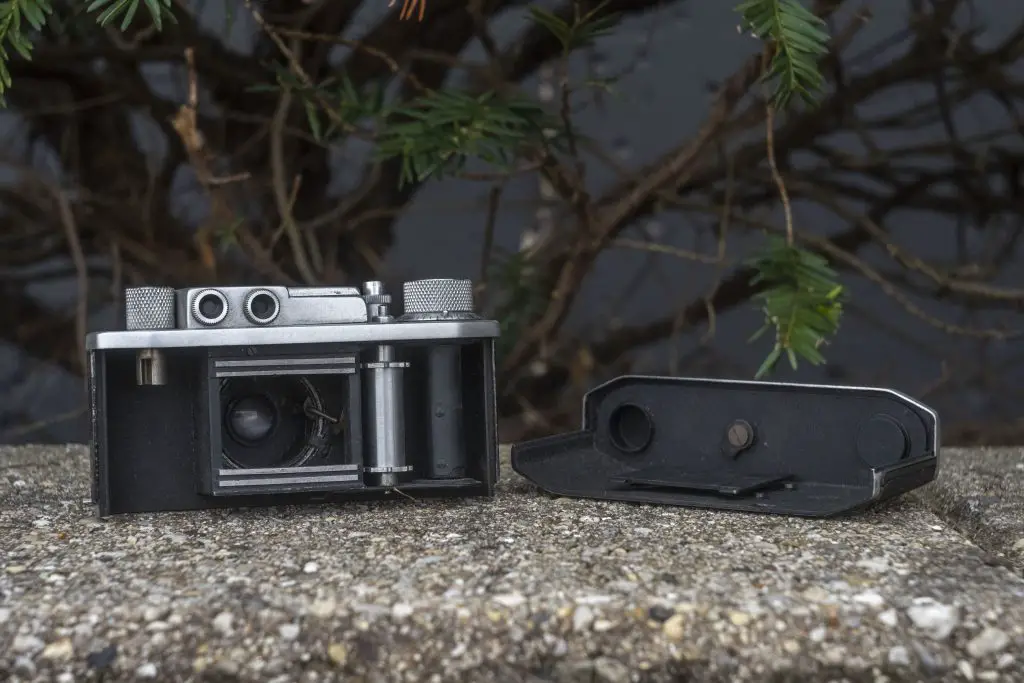

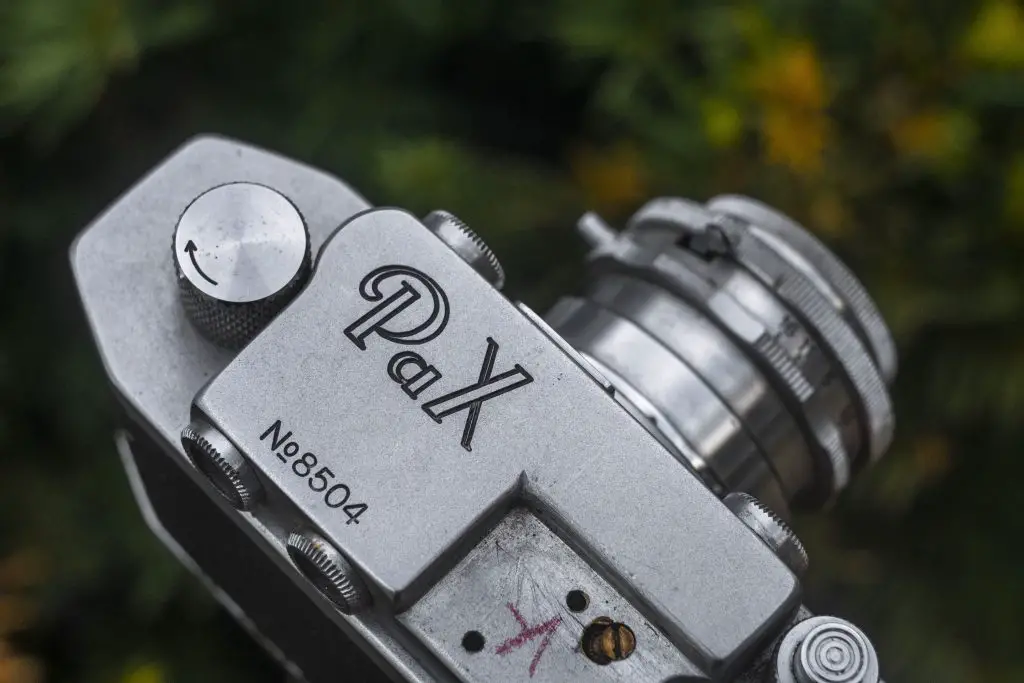
I have had two Pax model M3 cameras, they both had the same issue with frozen focus. For the more mechanically minded reading this, I got the best results using heat. To do this, remove the lens/shutter unit from the camera, then remove the lens elements from the lens. I heated mine to about 80 degrees centigrade. Once the helicoid is freed up you can disassemble and clean/relube it.